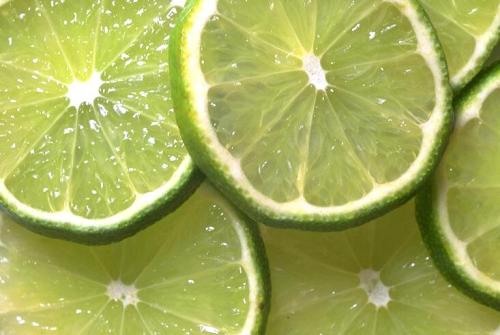I suspect this is called Christmas Chutney because of its festive red and green colours and it is a perfect complement for the cold cuts and cheese at tea-time on Christmas Day and throughout the festive season. It is very spicy so if you want a less hot version then halve or even quarter the cayenne pepper. It would also benefit from the addition of some raisins or sultanas, a seasonal ingredient and often added to chutney: perhaps in place of one of the red peppers, say 125g/4ozs.
The recipe came from our friend Shirley as an extra when I asked for some of her chutney and relish recipes. The book she lent me contained a clipping for this Christmas Chutney taken from Candis magazine, November 2004 issue. She hadn’t got round to making it, so I gave her a jar when I returned the book.

'Meanderings through my Cookbook' http://www.hopeeternalcookbook.wordpress.com
Christmas Chutney
(makes about 2.5kg/6lb)
900g/2lb tomatoes
1 large aubergine, 1 green pepper, 3 red peppers – about 900g/2lb total)
700g/1lb 9ozs onions, peeled & fairly finely chopped
4 fat garlic cloves, finely chopped
350g/12ozs granulated sugar
300ml/½pint white wine vinegar or distilled malt vinegar
1tbsp salt
1tbsp coriander seeds, crushed
1tbsp paprika
2tsp cayenne pepper
1. Peel the tomatoes by making a cut in each, plunging them in a bowl of hot water for about 30 seconds and then draining and covering with cold water. The skins should slip off easily.
2. Chop the tomatoes, aubergine, peppers, onions and garlic. Place these into a large heavy based pan and bring to the boil. Cover, turn down the heat and simmer for 1hour, stirring until the vegetables are tender.
3. Add the vinegar, sugar, salt, coriander, paprika and cayenne. Bring to the boil, stirring until the sugar has dissolved. Boil for about 30 minutes or until the chutney has a chunky consistency and the watery liquid has evaporated. It is important that the chutney is stirred occasionally to make sure that the mixture does not stick, especially towards the end of the cooking time when it could burn.
4. Wash the jars well and sterilise. I usually do this by filling the jars with boiling water and putting the lids in a bowl of boiling water. I pour away the water just before filling each jar and immediately take the lid from the bowl and screw it on.
5. Pot the chutney into the prepared jars sealing while still hot. Cool and label.













 Search Food Blogs
Search Food Blogs 

